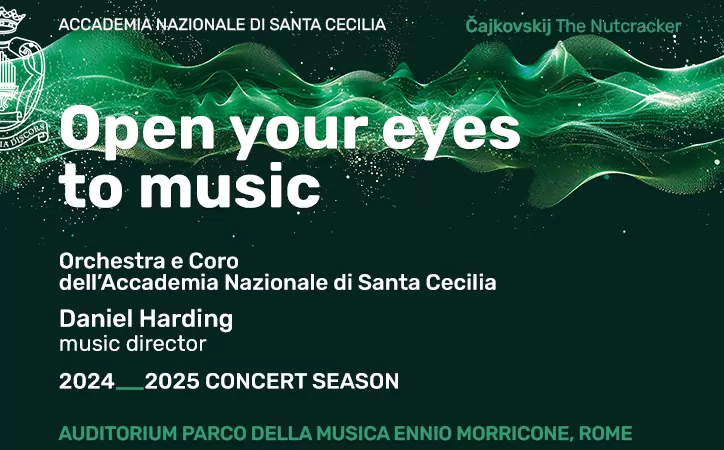The abandoned cats and dogs of Rome
When you first arrive at the Torre Argentina cat sanctuary, you are subconsciously reminded of the childrens game where the object is to find items hidden in a drawing. As you glance around the ruins of the four temples you spot a black and white feline curled up amid the broken columns; another lazes along the top of the wall, blending in with his coat of grey and white, and a solid black one brushes past your legs. You begin to focus keenly and peer more closely to see if that could be a kitten hiding in the shadows. More often than not you are right. Inside the sanctuary, the mood is light, the energy is high and a shared love of felines is unmistakable.
Silvia Viviani and Lia Dequel co-founded the cat sanctuary at Torre Argentina in 1993. Before they met and became friends, they would pass by the ruins and see the cats in need of food and medical attention. Franca Stoppi, an Italian actress, would regularly feed the cats and pay for medical services, but the need was greater than she could manage alone. Viviani and Dequel began helping her, but it still wasnt enough. Someone suggested asking passing tourists to help with donations. Viviani was uncomfortable with the idea, but necessity caused her to reconsider. The first day, she recalled, she dressed in her best clothes. She didnt want people to think she was asking for money for herself. And she says it worked. People gave and she and her colleagues were able to aid many more cats. The only downside was that as people learned of the sanctuary, they took the opportunity to abandon their pets. The case load doubled the second year.
Viviani described the space back then as dark and damp and terrible. They had no electricity or running water. Today, the cat sanctuary is very much improved, but it is cramped and in need of expansion. Lucia, a volunteer, keeps computerised cat statistics, and verified that already this year 225 cats have been abandoned. Adoptions have increased over the years but never enough to keep pace. On average, only about one-third of the discarded cats are adopted.
All new arrivals are quarantined to protect them and the other residents. Then they receive medical attention and are spayed or neutered. Dedicated veterinarians provide services well below normal costs to maximize the number of animals helped. The sanctuary states that it receives no funding from the city of Rome or any government institution. Most donations come from tourists, but there has been a decline since 11 September.
Funds raised at the annual Torre Argentina fundraising gala are another source of financial support for the sanctuary. This year the feline fte will be held on 30 May, at Villa S. Urbano at Via Appia Pignatelli 65. The silent auction and grand raffle are offering cat-nippy items including a one-of-a-kind gold brooch/pendant with diamond chips valued at 2.600, a weekend in the historic La Cappella a Montesiepi (Siena) and a 1920s oriental carpet. The organisers are expecting over 400 people (for ticket information see below).
Volunteers are always needed and sometimes help in unexpected ways. The website www.romancats.com was created last year by two volunteers from Holland. The information-packed website also includes an historical overview of the Area Sacra di Largo di Torre Argentina. Click on Cat Database for a directory of the residents photos with their names, a characteristic or two, and the date they arrived at the shelter. There is also an on-line shop where you can purchase kitty-inspired gift items. Among these youll find the new English version of the book Nelson the One-Eyed King, written by Deborah DAlessandro and illustrated by Rosamund Clarke, who are also volunteers.
What about the dogs of Rome? Like the cats and kittens of Torre Argentina, the number of abandoned dogs and puppies outruns adoptions. The public Canile Sanitario di Porta Portese on Via Portuense is overpopulated, with twice the number of dogs than it is able to care for. The good news is that the canile is due to move to new quarters in June. Director Claudio Fontina reports that the new digs at Via della Magliana, in the south of Rome, will house 398 dogs and 50 cats.
All abandoned animals must be sterilised and vaccinated. Among the facilities will be a veterinary hospital with 14 veterinarians, six nurses, two lab technicians and one psychologist. These employees are funded by the national health service. Volunteers are much needed to help with care and feeding and to act as witnesses to support the protection of the animals. Since 1989, euthanasia of healthy animals has been illegal in Italy.
The most urgent need for both the cat sanctuary and the canile is to find new families for the homeless pets. One visitor even flew all the way back from New York to adopt, because she could not forget the furry friend she made in Rome. Both organisations offer Adopt at a distance for those unable to take a pet home with them. For a small donation, you can choose a pet to support. You will be kept informed of how your pet is doing and will be sent photos periodically.
Torre Argentina Cat Sanctuary (TACS). Largo di Torre Argentina, corner Via Florida and Via di Torre Argentina. Open daily 12.00-18.00 except Sun 14.00-15.00. Tel./fax 066872133, e-mail: torreargentina@yahoo.com. Tickets for the fundraising gala on 30 May 2002 are 30 each and can be obtained from the sanctuary, tel. 066872133, or from Sara Brain, tel. 0650912303-333/8466820, e-mail: sara.brain@mclink.it. Donations should be sent to: Silvia Viviani, Via Marco Papio 15, 00175 Rome, Italy.
Associazione Volontari Canile di Porta Portese. Via Portuense 39, 00153 Rome. Mon-Fri 9.00-11.00, 15.30-18.00, Sat 9.00-11.00. Tel. 065818318-065810078. Donations should be sent to the above address.


















